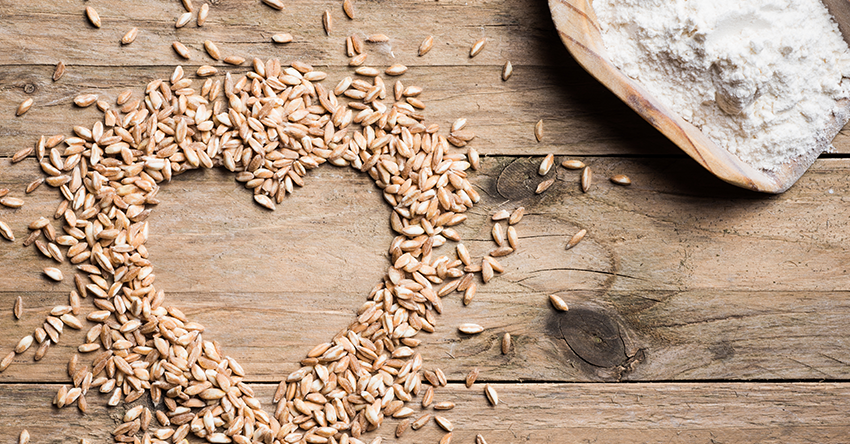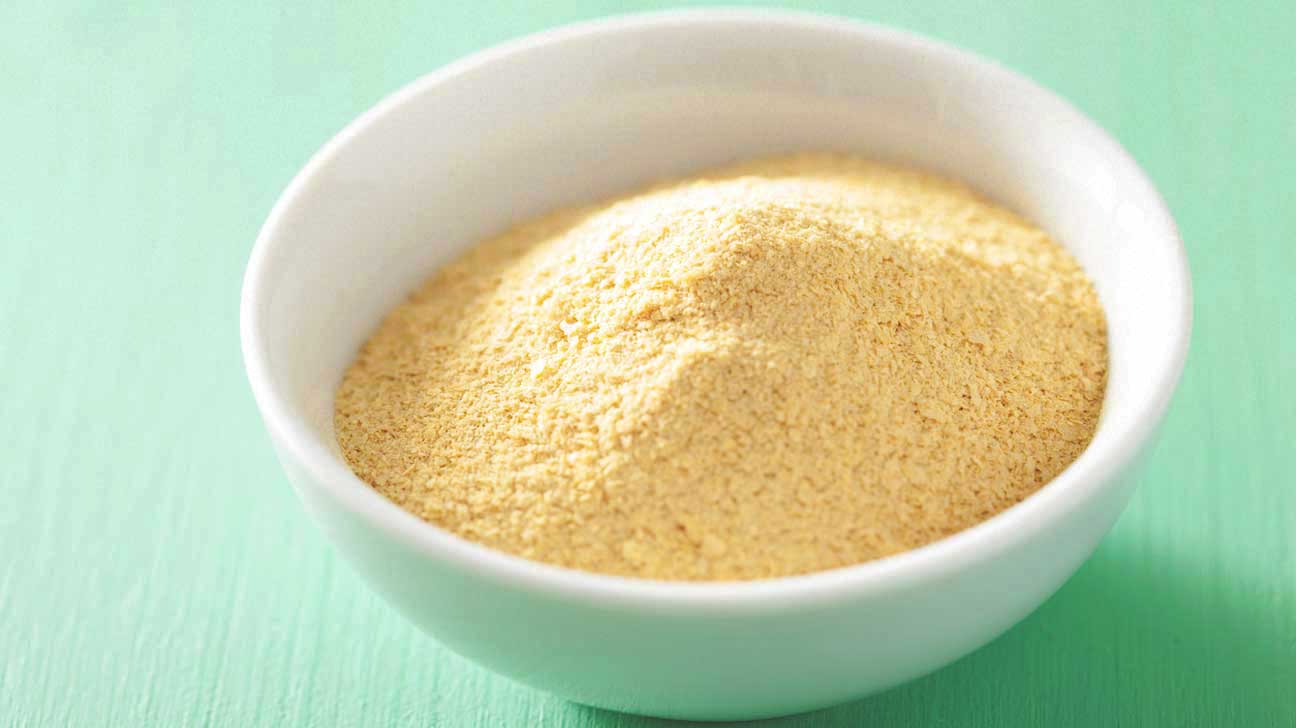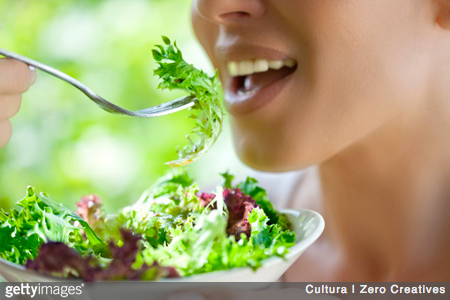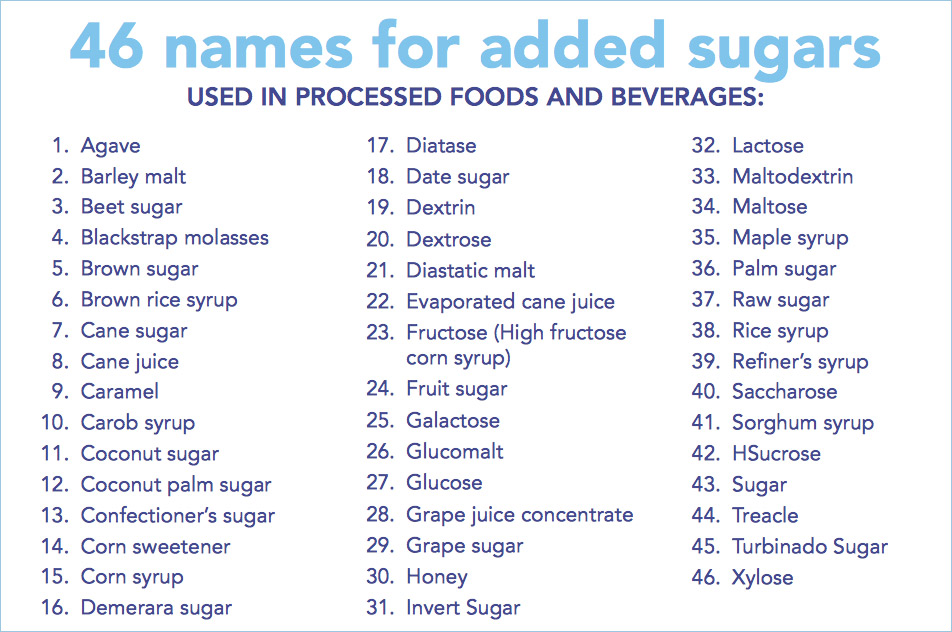Elevated levels of trimethylamine N-oxide (TMAO) — a compound linked with the consumption of fish, seafood and a primarily vegetarian diet — may reduce hypertension-related heart disease symptoms. New research in rats finds that low-dose treatment with TMAO reduced heart thickening (cardiac fibrosis) and markers of heart failure in an animal model of hypertension. The study is published ahead of print in the American Journal of Physiology — Heart and Circulatory Physiology and was chosen as an APSselect article for November.
TMAO levels in the blood significantly increase after eating TMAO-rich food such as fish and vegetables. In addition, the liver produces TMAO from trimethylamine (TMA), a substance made by gut bacteria. The cause of high TMAO levels in the blood and the compound’s effects on the heart and circulatory system are unclear, and earlier research has been contradictory. It was previously thought that TMAO blood plasma levels — and heart disease risk — rise after the consumption of red meat and eggs. However, “it seems that a fish-rich and vegetarian diet, which is beneficial or at least neutral for cardiovascular risk, is associated with a significantly higher plasma TMAO than red meat- and egg-rich diets, which are considered to increase the cardiovascular risk,” researchers from the Medical University of Warsaw in Poland and the Polish Academy of Sciences wrote.
The researchers studied the effect of TMAO on rats that have a genetic tendency to develop high blood pressure (spontaneously hypertensive rats). One group of hypertensive rats was given low-dose TMAO supplements in their drinking water, and another group received plain water. They were compared to a control group of rats that does not have the same genetic predisposition and received plain water. The dosage of TMAO was designed to increase blood TMAO levels approximately four times higher than what the body normally produces. The rats were given TMAO therapy for either 12 weeks or 56 weeks and were assessed for heart and kidney damage and high blood pressure.
TMAO treatment did not affect the development of high blood pressure in any of the spontaneously hypertensive rats. However, condition of the animals given the compound was better than expected, even after more than a year of low-dose TMAO treatment. “A new finding of our study is that [a] four- to five-fold increase in plasma TMAO does not exert negative effects on the circulatory system. In contrast, a low-dose TMAO treatment is associated with reduced cardiac fibrosis and [markers of] failing heart in spontaneously hypertensive rats,” the researchers wrote.
“Our study provides new evidence for a potential beneficial effect of a moderate increase in plasma TMAO on pressure-overloaded heart,” the research team wrote. The researchers acknowledge that further study is needed to assess the effect of TMAO and TMA on the circulatory system. However, an indirect conclusion from the study could underscore the heart-healthy benefits of following a Mediterranean-style diet rich in fish and vegetables.











